TPW TV – Steve Nelle: Biologist or Psychologist?
Friday, June 16th, 2017This is Passport to Texas
Author and Hill Country Land Trust member Jill Nokes holds Steve Nelle in high regard.
He has this knack for connecting with people wherever they are.
Nelle, a natural resource specialist is part biologist and part psychologist.
Even though we’re trained in the technical skills of plants and animals and soil and conservation, when we go onto farms and ranches, we’re really more in the people business.
This is especially true when evaluating damage following natural disasters. The Texas Parks and Wildlife TV Series on PBS features a segment where Steve Nelle visits landowners, like Bill Johnson, affected by the Blanco Floods.
[Bill Johnson] There was just devastation. The riparian area was stripped of all vegetation. With two big floods in one year, you get pretty down and you sort of feel hopeless almost. But he reminds you that nature is very resilient and it will recover.
[Steve Nelle] I’ll walk with the landowner across an area that’s been devastated and find a few good things. And you can show them how nature’s trying to recover and heal this area back up.
Catch the segment about Steve Nelle next week on the Texas Parks and Wildlife TV series on PBS. Check your local listings.
The Wildlife and Sport Fish Restoration program supports our series….funded by your purchase of fishing and hunting equipment and motorboat fuels.
For Texas Parks and Wildlife, I’m Cecilia Nasti.
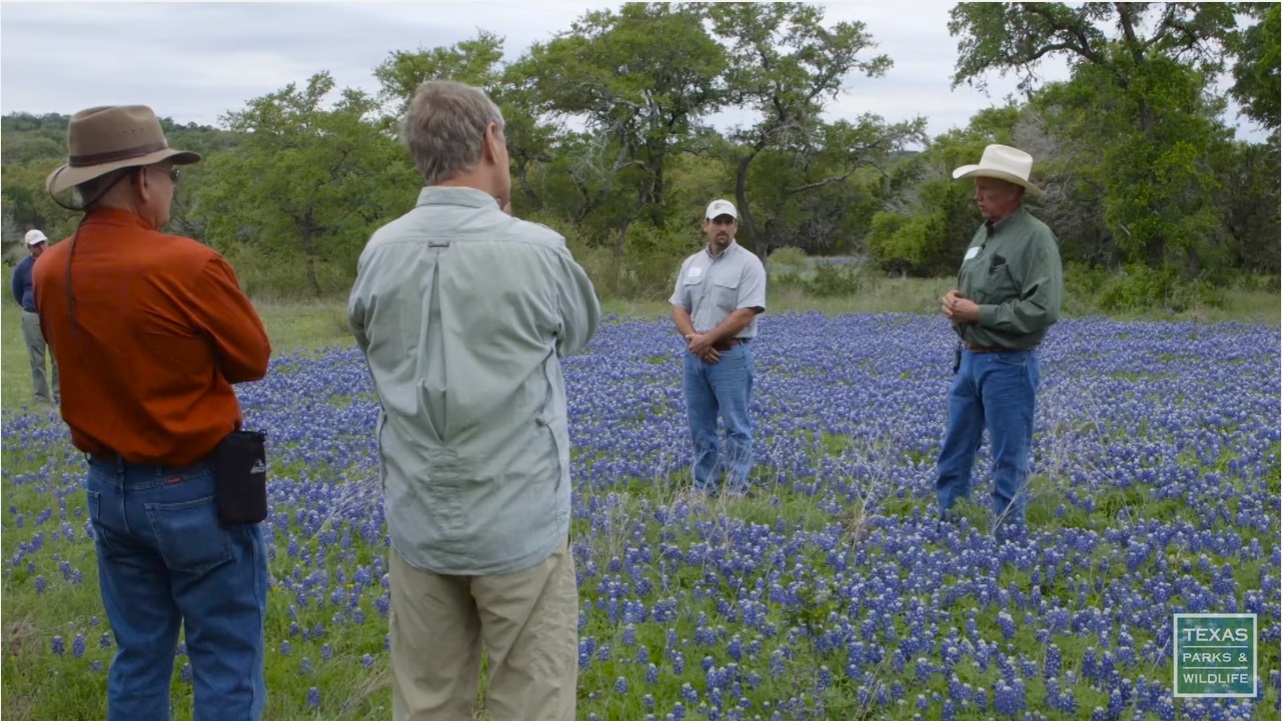

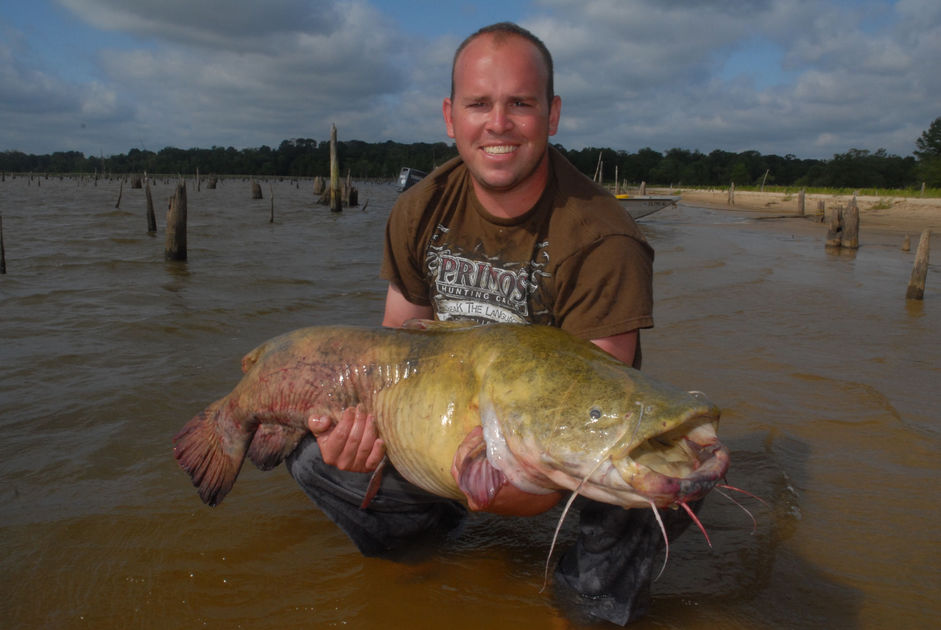
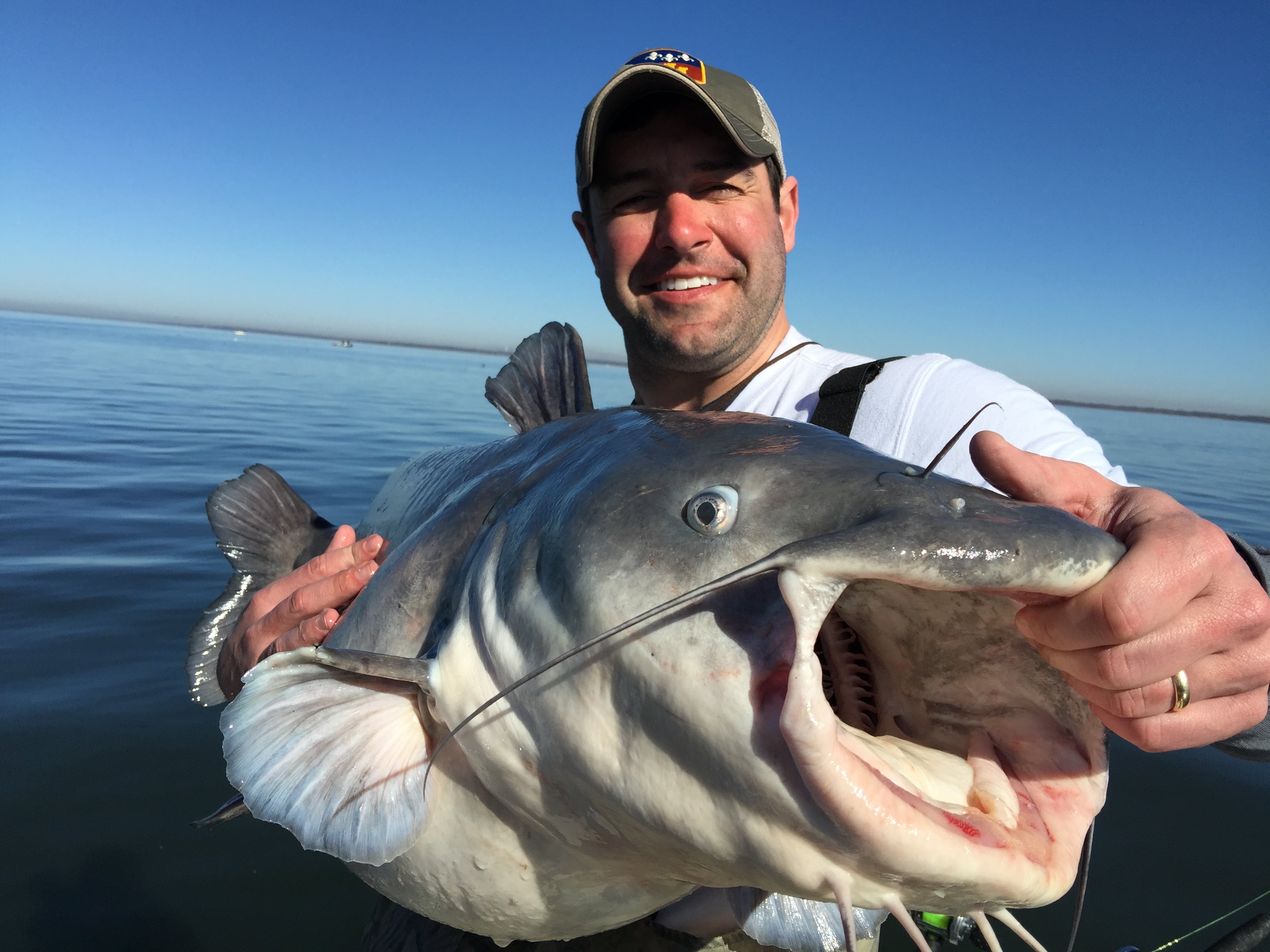
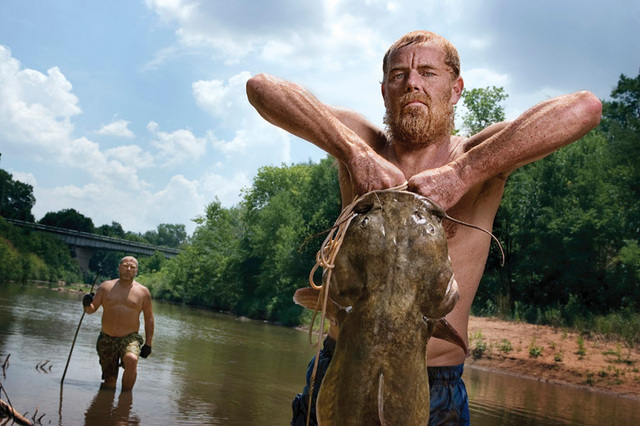
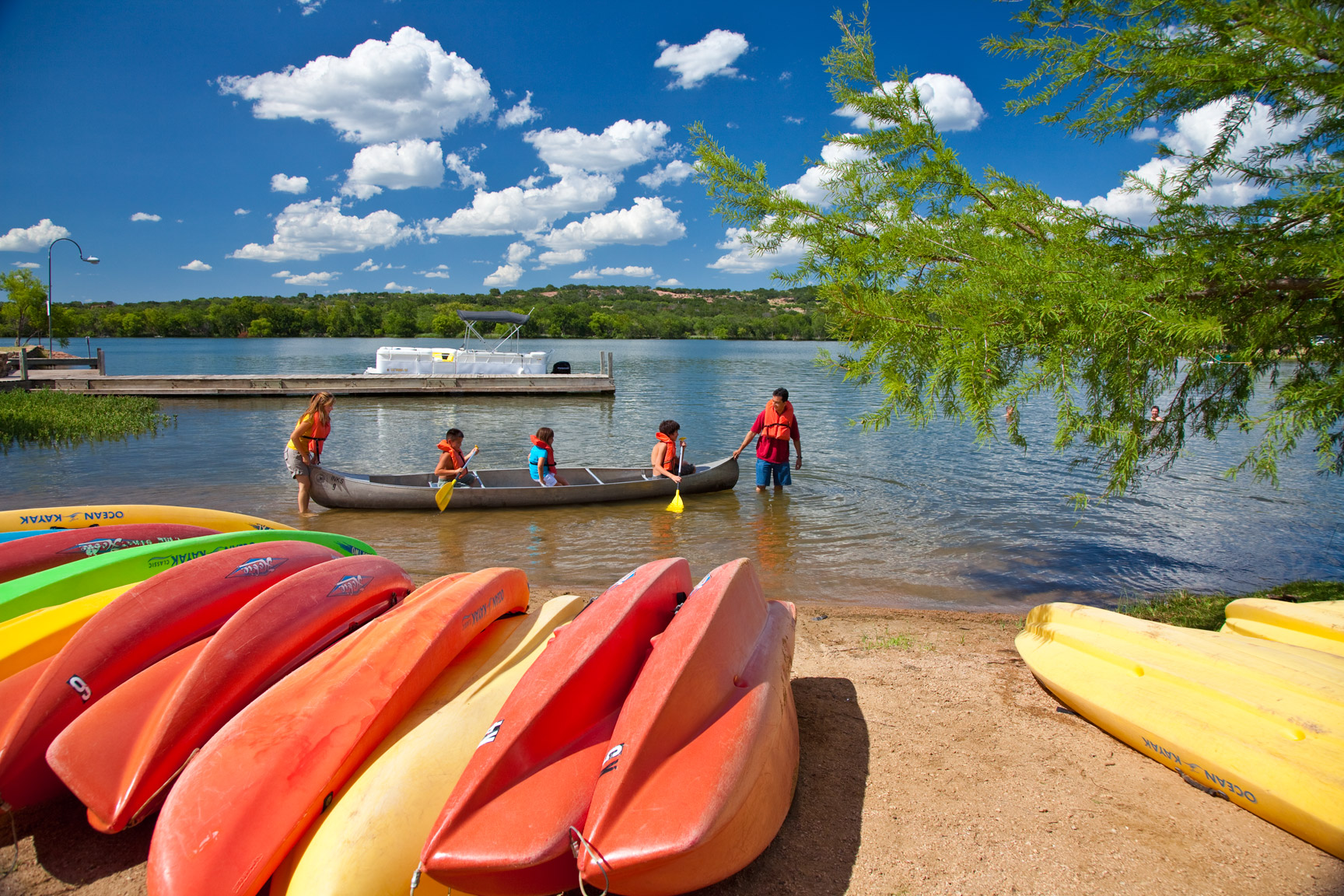

 Passport to Texas is a
Passport to Texas is a  Passport to Texas is made available by:
Passport to Texas is made available by: